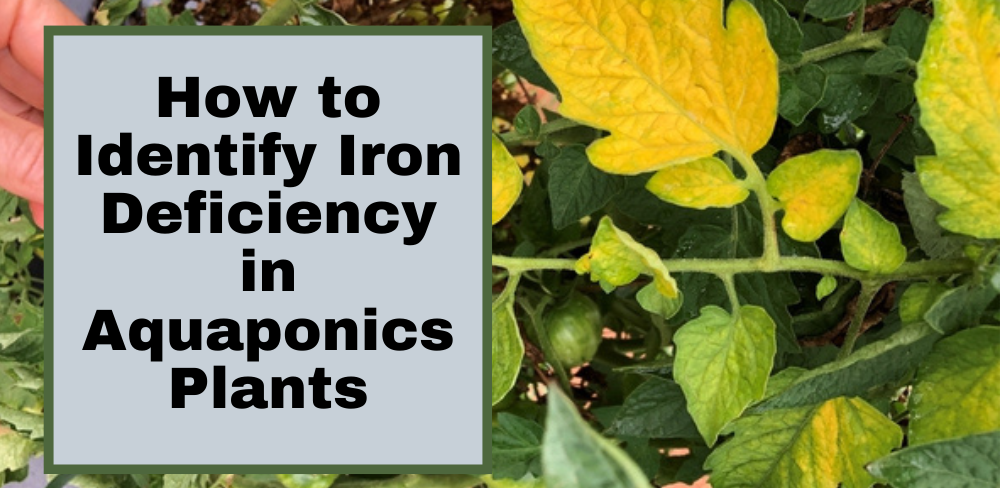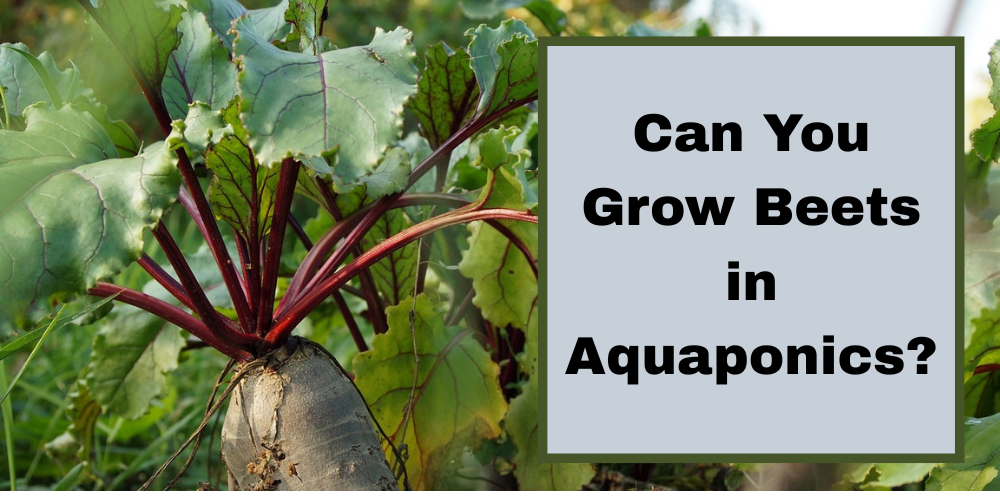Indoor aquaponics growers have complete control of their growing conditions, enabling them to enjoy a year-round growing season. This sounds great, but if you don't maintain the right conditions in your indoor aquaponics garden, your plants will not grow well, resulting in failure. This article explains why ventilation is essential for indoor aquaponics plants and how to provide airflow to your indoor aquaponics garden and plants.
What is Ventilation?
Ventilation is the intentional introduction of outdoor air into a space. It is mainly used to control indoor air quality. It can also be used to control indoor temperature, air motion, and humidity to benefit from thermal comfort and satisfaction with other aspects of an indoor environment.
Indoor ventilation ensures a continuous airflow between the outside and the indoor aquaponics' garden area. It involves using some mechanism to keep the air flowing within the room.

Why You Need to Ventilate Your Indoor Aquaponics System
Why do indoor aquaponics gardens such as greenhouses and other indoor growing spaces need to be ventilated? The answer is in an indoor environment, plants do not get the same amount of fresh air and a light breeze that outdoor plants might get. Plants grown outdoors enjoy the effects of sunshine, light breeze, evaporation, precipitation, and natural air circulation. However, fans can be used for indoor gardening to substitute breezes and evaporation, grow lights for sunshine, and watering systems for precipitation. Below are the reasons why ventilation is essential for indoor aquaponics systems.
1. Humidity Control
Inadequate ventilation can lead to high humidity, which can contribute to problems with indoor aquaponics systems. Plants produce water vapor throughout the day, which increases a room's humidity. Uncontrolled humidity will lead to poor growing conditions and the development of plant pests and diseases.
2. Carbon Dioxide
Plants need carbon dioxide for growth and photosynthesis. Proper ventilation will bring fresh air and CO2 to give plants what they need to photosynthesize. It removes old air that can cause an imbalance of CO2 and oxygen, which could suffocate the plants.
3. Transpiration
Transpiration is the process of plants "sweating out" water from their leaves. As plants get rid of the water through their leaves, it helps suck nutrients up from the roots. Outdoor plants have instant access to sun and air, which helps them with plant transpiration. But indoor plants do not have natural access to the sun and air. That is why proper ventilation is necessary to allow air to circulate in the room or greenhouse.
4. Pest Control
Air circulation helps prevent plant pests and diseases. Still, stagnant and humid air breeds pests and diseases at a higher rate because mold, mildew, spider mites, and fungus gnats love stagnant and humid conditions.
5. Remove Excess Heat
Greenhouses or indoor aquaponics settings can hold heat, especially if high-powered grow lights are used. Plants can't handle extensive heat and will wither up and die. A varying temperature can also drastically affect plant health.
A ventilation system helps air circulate, maintains a cool temperature for the plant, and removes excess heat in the growing area.
6. Strengthen Plant Stems and Roots
Just like the human muscles that are strengthened through exercise and resistance training. The non-stop swaying of the stems on the wind has the same effect on the branches that will help them bear a load of fruits.
Plants grown indoors do not have this conditioning or strength training. They are like unused muscles that are weak and cannot bear weight. So if you want your indoor plants to grow upwards without breaking and bending under their weight, add ventilation. The airflow that pushes plants' stems causes them to adapt to stay upright and develop stronger roots and stems.
When to Install Ventilation System
A ventilation system is necessary for a closed setup inside a greenhouse or a room with no clear entry for air circulation. The ventilation system needs to be tailor made for your setup to ensure your plants' heat and humidity requirements are considered.
How to Ventilate Your Indoor Aquaponics System
Ventilation is not just a tiny fan blowing stale air in the corner. You need to consider a few factors to ensure your indoor aquaponics system gets the most out of your ventilation system. Here are a few options for adding ventilation to your system.
1. Oscillating Fan
An oscillating fan moves air around the room. It blows fresh air around plants that move in various directions like the wind. This ensures that all plants get fresh air. Oscillating fans keep the growing room cool, minimize humidity, regulate temperature, and improve air circulation.
Depending on the size of your greenhouse or indoor growing area, you might need to use a few oscillating fans working in different directions to create a variety of wind currents. These fans are easy to set up and move around so that you can try them in other locations.
2. Extractor Fan
An extractor fan, also called an exhaust fan, is installed to remove the hot and humid air from your greenhouse or room. Place the exhaust fans high on the wall opposite any intake vents. The heat and humidity will rise so that air will flow out of the high-placed exhaust fans.
You should calculate the CFM needed for your exhaust in using exhaust fans. If you're using a hot grow light such as Metal Halide, add 5% CFM to help cool down the temperature of the greenhouse or room. If you have a hot or humid room, add 25% CFM to cool and regulate the temperature.
3. Passive or Active Intake
Passive or active intake is another way of bringing air into the greenhouse or grow room.
Passive intake uses natural airflow and negative pressure to bring air into the room. A hole or vent allows air to enter the greenhouse or room passively. It is like opening the window to let the air in.
Active intake pulls air into the greenhouse or room with a fan to ensure high circulation levels. This setup uses an active fan that pulls the same pressure rate as the exhaust fan.
4. Humidifier
Installing a humidifier and dehumidifier will help control the humidity quickly.
5. Opening Windows
If your indoor aquaponics system is inside a room. The best way to create a good airflow is by opening up the curtains or blinds during the daytime and closing them at night.

How to Choose a Fan for The Ventilation System?
To find the perfect fit for your indoor aquaponics system, find the room's CFM (cubic feet per minute) rating. CFM is a common ratio used for all fans sold in the USA. It shows how much air the fan can move in a minute.
Calculate the volume of your growing area in cubic feet by multiplying its length, width, and height. The CFM of your fan should be greater than the total number. This ensures that the exhaust fan can completely replace the air inside your growing area in one minute.
Conclusion
Ventilation for indoor aquaponics systems is essential as breathable air for humans. The flow of air which passes through plants is necessary for a plant's healthy growth and development. Choosing the proper ventilation for your system might be complicated at first, but once you understand how a ventilation system works, you will be in a better position to choose the right ventilation system for your system.







Leave a comment (all fields required)